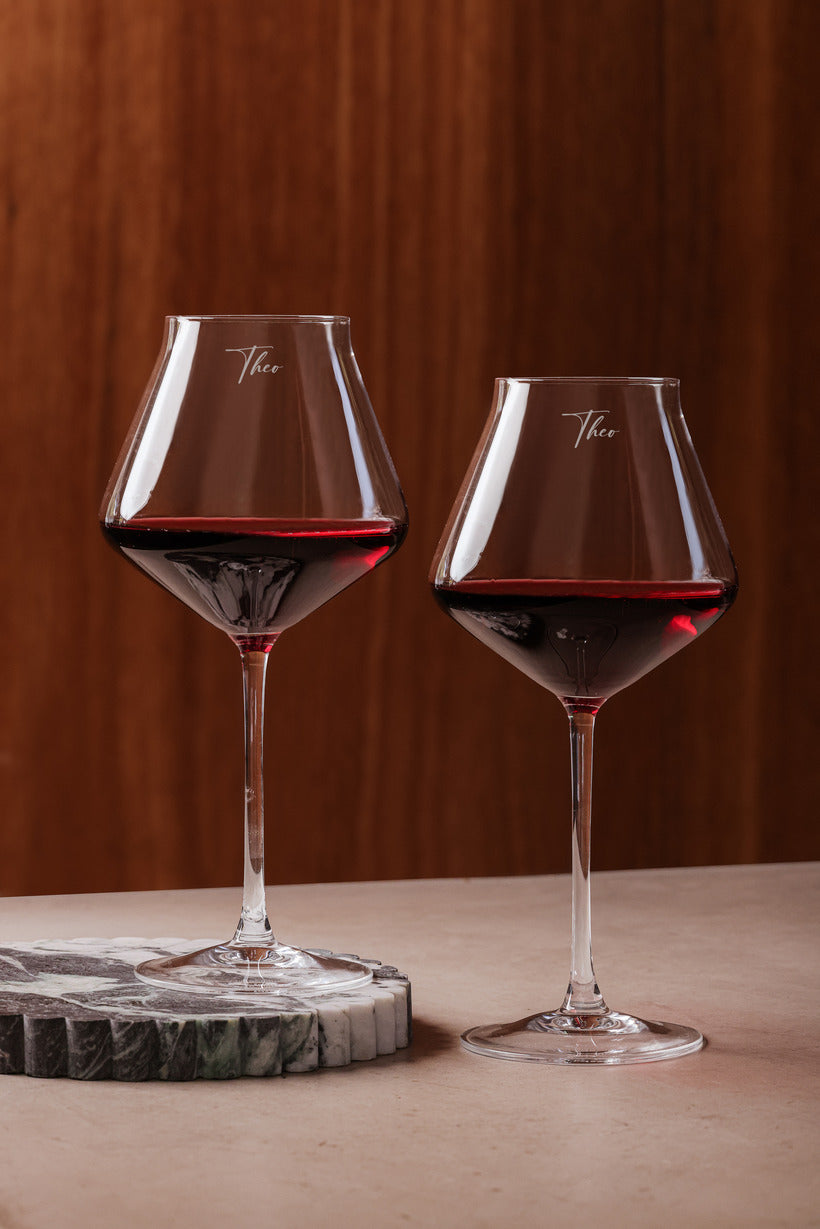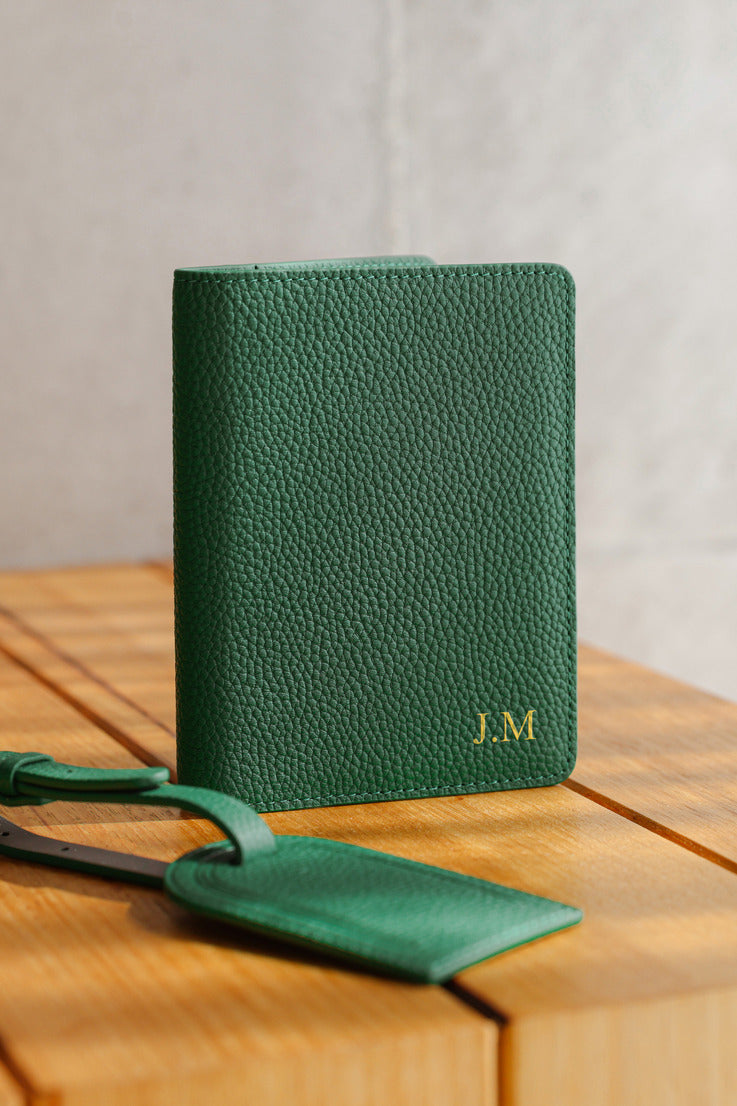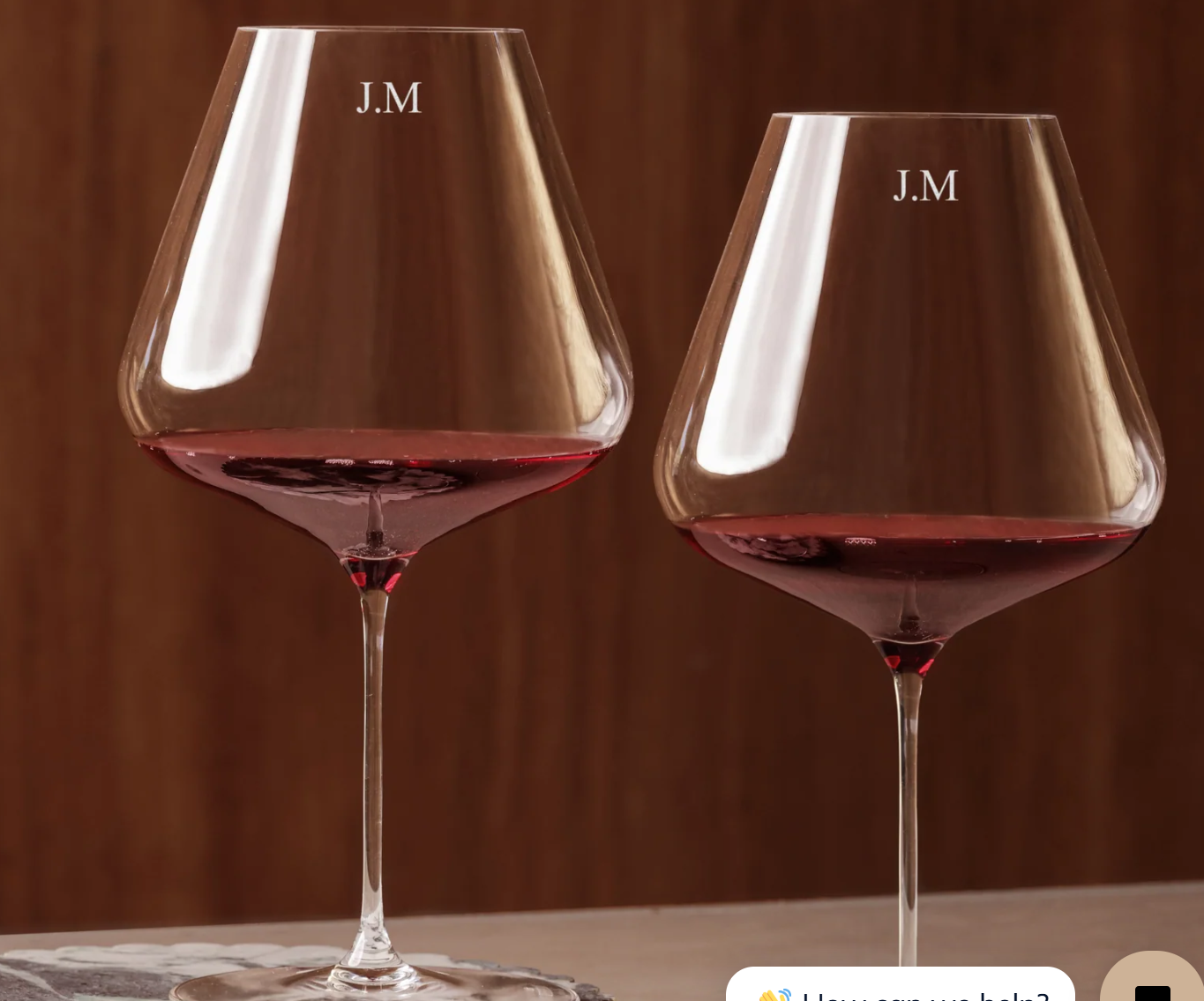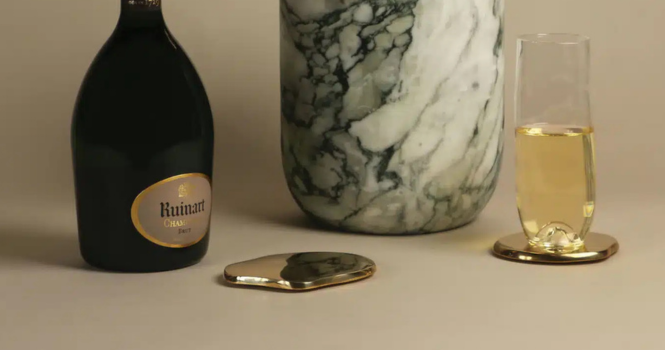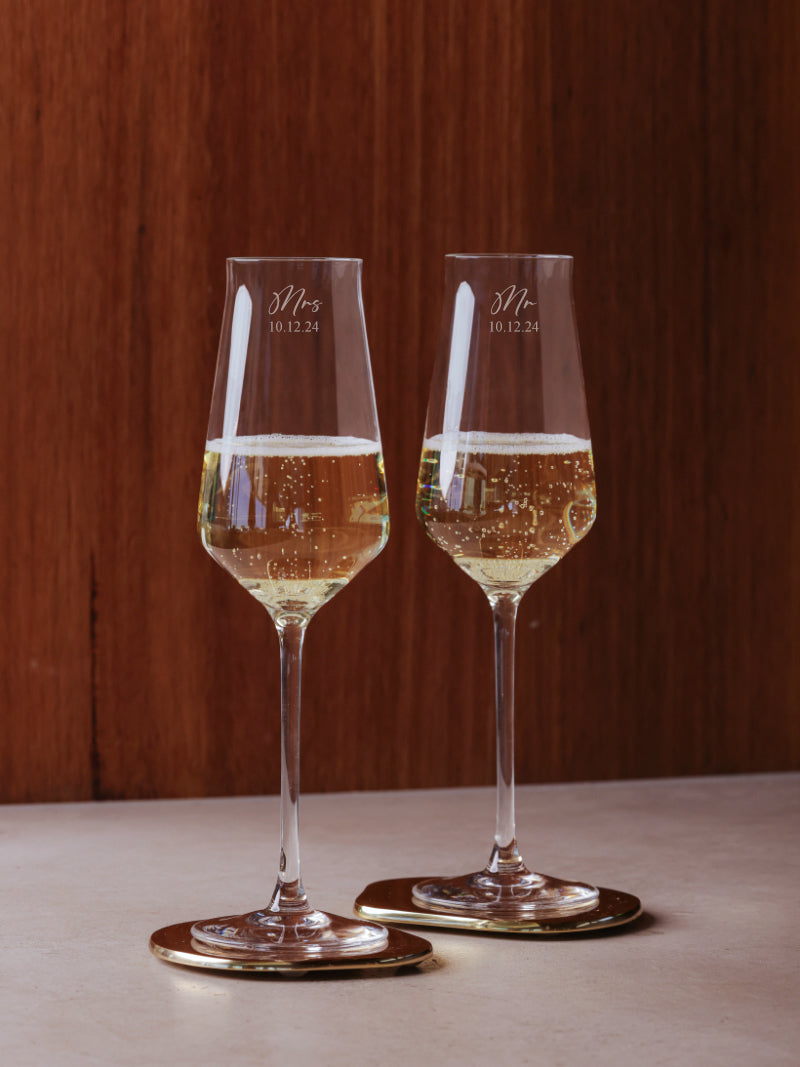Most people use the word glass for everything from wine goblets to beer tumblers. Retailers also use crystal for pieces that look brighter and feel heavier. Both are forms of glass, yet they behave differently in the hand, under light, and during engraving. Knowing those differences helps you buy with confidence, care for your pieces properly, and choose the right vessel for the right drink.
What counts as glass and what counts as crystal
Standard glass for drinkware is usually soda-lime glass. It is clear, affordable, and robust enough for everyday service. Crystal is also glass, but it includes additional metal oxides that raise density and refractive index. Traditional crystal used lead oxide to achieve that sparkle; many modern brands use lead-free alternatives such as barium, zinc, or potassium. These tweaks make crystal brighter and easier to cut or facet, which is why crystal stemware often shows fine detailing. That clarity and presence also suit gifts such as personalised glasses for weddings and milestone birthdays.
Composition and performance
Because crystal has a higher refractive index, it bends light more strongly. Facets and thin rims throw flashes and prismatic highlights that plain glass cannot match. The same chemistry also raises working temperature in the furnace, which lets artisans blow thinner walls without losing strength. Weight changes too. Piece for piece, crystal is denser, so a crystal goblet usually feels more substantial than a soda-lime equivalent of the same size. These traits are not just “nice to have”. They influence durability at the rim, how a bowl can be shaped for aeration, and how engraving tools bite the surface.
How to tell them apart in everyday buying
You can spot many differences without lab equipment. Crystal tends to ring with a longer, bell-like tone when tapped lightly. It also feels colder and heavier when you lift it, and the rim can be cut thinner while staying resilient. Look under bright light: crystal shows more sparkle and crisp reflections, especially where the bowl curves. Mould seams are usually less visible on higher-grade crystal because the finishing process removes them. If you want a quick yardstick before ordering personalised glassware, look at the rim thickness and overall brilliance rather than the label alone, since some retailers use the word crystal for lead-free formulations with similar optical punch.
Safety, durability, and day-to-day use
Lead in traditional crystal raises two questions: safety and cleaning. For serving, short contact time poses minimal risk, yet long storage of spirits in lead crystal decanters can leach trace lead into the liquid. If you enjoy decanting, fill for the evening and return leftovers to the bottle for storage. On durability, soda-lime glass usually handles rough kitchen life better. It resists sudden temperature swings and is less prone to chipping in a crowded sink. Crystal rewards a gentler approach. Hand washing with warm water, a mild detergent, and a soft cloth keeps the surface brilliant and prevents clouding. For everyday convenience or busy households, toughened soda-lime drinkware or customised glasses made from modern lead-free crystal strike a practical balance.
Does crystal change taste?
Crystal does not season a drink, yet shape and rim quality can change how aromas reach your nose. Crystal’s strength at thinner sections allows exceptionally fine rims that feel smooth on the lips. Bowls can be blown with pronounced curves that encourage swirling, which helps release aromatics in wine and spirits. The weight of a crystal base also changes balance in the hand, which many people interpret as a sense of occasion. If you enjoy the ritual of serving, the visual sparkle and sonorous ring add theatre at the table. Pairing the right bowl shape with a personalised drinking glass also helps guests keep track of their own drink at gatherings without relying on clips or tags.
Engraving and personalisation quality
Engravers treat crystal and standard glass differently. Crystal accepts deep sandblasting with a clean, frosted edge; the higher density supports crisp lines and micro-detail. Soda-lime glass also engraves well, though it sometimes shows a slightly grainier frost when blasted aggressively. Laser methods can work for both, yet lasers may produce a smoother, greyer mark that looks subtle in ambient light. For logos, initials, and date marks, sandblasting through a photo-resist mask gives reliable depth and contrast on both materials. If longevity and legibility matter most, especially on gifts that need sharp lettering, a sandblasted personalised engraved glass remains the safe choice.
Care tips and quick comparison
Use the checklist below to keep either material looking its best, followed by a summary table for quick reference.
- Wash crystal by hand. Dry with a lint-free cloth while still slightly warm.
- Avoid citrus-based detergents on both materials, as they can create film residue.
- Do not stack thin-rimmed stemware. Store upright with enough clearance.
For decanters, avoid storing wine or spirits long term in lead crystal.
| Aspect |
Crystal |
Standard Glass |
| Composition |
Glass with added metal oxides, often lead-free today |
Soda-lime glass |
| Look |
Higher brilliance and sparkle; thinner rims possible |
Clear, steady appearance |
| Weight & Sound |
Heavier feel; long, bell-like ring |
Lighter; short tap |
| Durability |
Needs gentler handling; avoid thermal shock |
Generally tougher for daily dishwasher cycles |
| Engraving |
Excellent for deep sandblast detail |
Very good, slightly softer frost at high depth |
| Best Use |
Celebrations, statement pieces, gifting |
Everyday service, casual entertaining |
Choosing what suits your home or event
If you want brightness, a fine rim, and that ceremonial clink, crystal is hard to beat. It shines at the head table, in curated bar carts, and as a keepsake. If your priority is practicality, standard glass delivers value and resilience for family dinners, outdoor settings, and frequent dishwasher loads. Many hosts keep both on hand: crystal personalised drinking glass for special pours and classic soda-lime for weeknight service. By understanding the material beneath the shine, you can match the right vessel to the right moment and buy with confidence. Crystal offers theatre and precision. Glass offers reliability and ease. Both earn a place at the table, and both can be tailored for the person and the occasion with options such as personalised glasses, refined engraving, and packaging built for gifting.


